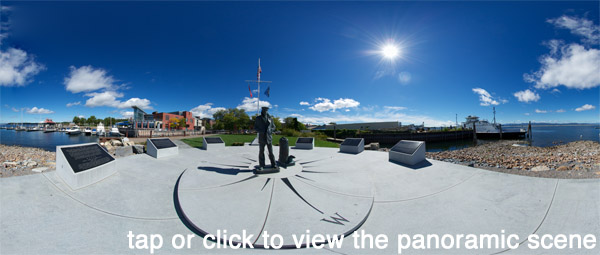JULIA ANGWIN and JENNIFER VALENTINO-DEVRIES:
For more than two years, the police in San Leandro, Calif., photographed Mike Katz-Lacabe’s Toyota Tercel almost weekly. They have shots of it cruising along Estudillo Avenue near the library, parked at his friend’s house and near a coffee shop he likes. In one case, they snapped a photo of him and his two daughters getting out of a car in his driveway.
Mr. Katz-Lacabe isn’t charged with, or suspected of, any crime. Local police are tracking his vehicle automatically, using cameras mounted on a patrol car that record every nearby vehicle—license plate, time and location.
“Why are they keeping all this data?” says Mr. Katz-Lacabe, who obtained the photos of his car through a public-records request. “I’ve done nothing wrong.”
